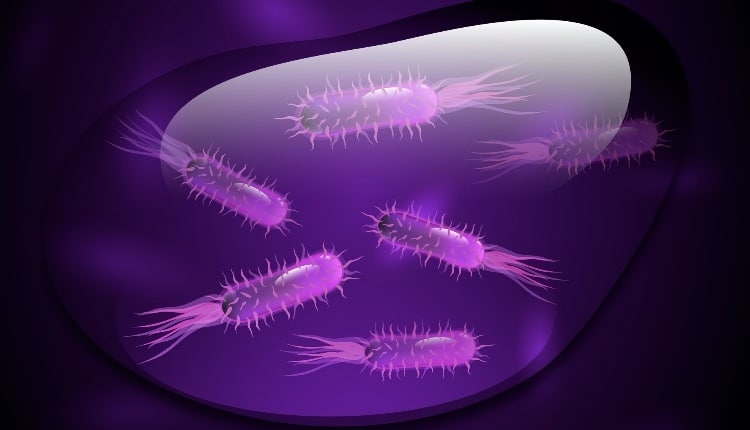What Do You Know About Preventing Legionnaire’s Disease?
Legionnaire’s disease is a respiratory illness associated with the inhalation or aspiration of water sources (aerosols) contaminated with Legionella pneumophila bacteria. There are more than 50 Legionella species with L. pneumophila being the most common. The largest outbreaks of Legionella have been linked to cooling towers, pools, fountains, ice machines, and industrial water systems. Managing Legionella is challenging as it survives in biofilm. Biofilm forms easily in pipes and narrow tubing, and is found in nature, industry, healthcare settings, and in dental unit waterlines (DUWL). It is critical to maintain safe water for all items connected to air or water lines (handpieces, ultrasonic lines, and air/water syringe lines) as some microorganisms can be harmful or deadly.
Understanding the type of source water used in your setting is critical. Which types are used in dentistry?
 JamesBrey / E+
JamesBrey / E+
Use safe source water (< 500 CFU/mL) including, municipal, distilled, or sterile water (for surgical procedures).
 Irina Cheremisinova / iStock / Getty Images Plus
Irina Cheremisinova / iStock / Getty Images Plus
Flush all DUWL for 20 seconds to 30 seconds between patients to remove any possible contamination from the previous patient.
 Marko Rupena/ iStock / Getty Images Plus
Marko Rupena/ iStock / Getty Images Plus
Once DUWL quality is determined, initial, periodic, or continuous chemical “shock” treatments are recommended to reduce or eliminate biofilm.
 Luyali / iStock / Getty Images Plus
Luyali / iStock / Getty Images Plus
Boil-water advisories are issued as a public health announcement indicating that tap water is not safe to drink unless it is first boiled.
 Infadel / iStock / Getty Images Plus
Infadel / iStock / Getty Images Plus
If hands are visibly contaminated, use alcohol-based hand sanitzer.
 Tzido / iStock / Getty Images Plus
Tzido / iStock / Getty Images Plus
Share your Results:

